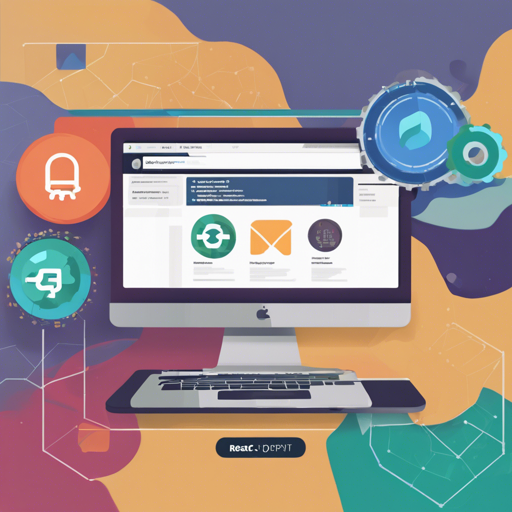Are you ready to dive into the world of web development? In this blog, we will explore how to build a simple and beautiful blog using Django for the backend, React (with Redux) for the frontend, and Docker for deployment. This combination not only creates a robust application but also serves as an excellent starter project for integrating different technologies.
Why This Tech Stack?
This project is great because it combines powerful frameworks and tools that are widely used in the industry. If you’ve ever wanted to learn how Django connects with React seamlessly, this is a perfect example! Each component contributes to a greater whole, much like a well-rehearsed orchestra, where every musician plays a unique part to create beautiful music together.
Installation and Setup
Setting up this blog is quite straightforward. Here’s how you can do it:
- Clone the repository
- Run the following command in your terminal:
docker-compose up-d flag to run it in the background.localhost. Isn’t Docker amazing? 😊docker exec -i -t backend bashpython3.5 manage.py migratepython3.5 manage.py createsuperuserlocalhost/login to log in and start blogging!Deploying Online
Once you’re ready to take your blog live, here’s what to do:
- Create a Docker droplet on Digital Ocean.
- Repeat the same setup commands in your droplet’s terminal.
- In the networking tab, create two A records pointing to your droplet:
yourawesomeblog.comapi.yourawesomeblog.com- You can access the admin panel at
api.yourawesomeblog.com/admin.
Understanding the Code with an Analogy
Imagine a blog as a bustling restaurant. The Django backend serves as the kitchen where all the delicious dishes (data) are prepared; React is the front-of-house staff presenting these dishes to the customers; and Docker is like the restaurant building that hosts everything together. Each component plays its role effectively to provide a seamless experience for the users.
Troubleshooting
Running into issues? Here are some troubleshooting tips:
- Ensure that Docker is installed properly and running on your machine.
- Check your
backend/config/envsettings to ensure thatSECRET_KEYandPOSTGRES_PASSWORDare unique before deploying. - If you’re having trouble with the admin panel not loading, consider checking the network settings or logs.
For more insights, updates, or to collaborate on AI development projects, stay connected with fxis.ai.
Future Enhancements
There’s always room for growth! Here are some features I’m considering adding down the line:
- Email subscriptions
- Server-side rendering
- Improved form validation
- Dynamic themes
At fxis.ai, we believe that such advancements are crucial for the future of AI, as they enable more comprehensive and effective solutions. Our team is continually exploring new methodologies to push the envelope in artificial intelligence, ensuring that our clients benefit from the latest technological innovations.
Conclusion
Building your blog using Django and React can be a fun and rewarding experience. Whether you’re looking to start a new project or enhance your web development skills, this setup is an excellent choice. I hope you find this guide helpful in your journey!

